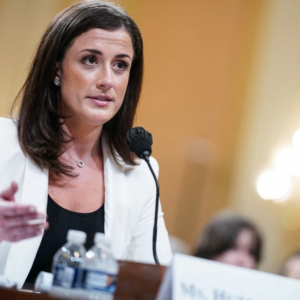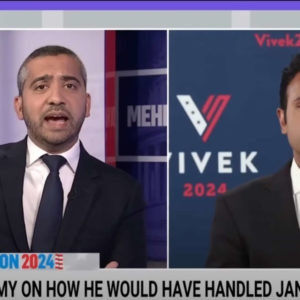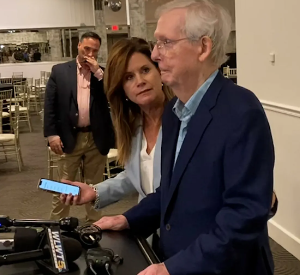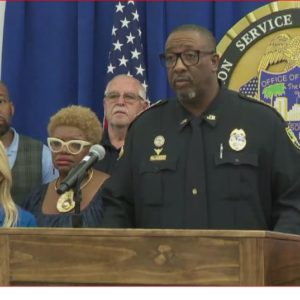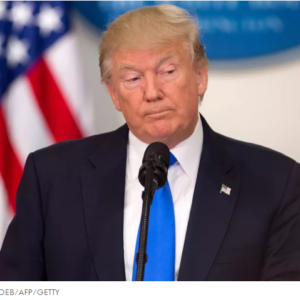New Jersey has finally released its long-awaited school reopening plan and the reaction has been…mixed at best.
The main takeaway is that all school buildings must be open for at least some in-person instruction, but since students will be required to be at least six feet apart in classrooms, the cafeteria and on buses, this new plan will require some serious reconfiguration of people and materials. The main question is whether opening buildings and requiring stringent rules will result in greater educational outcomes than the remote learning experiment most of the nation conducted in the spring.
Perhaps.
Releasing the new guidelines was necessary now because school districts and parents will need time to adjust their procedures in time for the late August/early September resumption of the education calendar. Schools will be required to buy barriers between desks and maybe cafeteria tables. They will need to buy sanitizer and dispensers and enact a plan to disinfect bathrooms, playgrounds, and classrooms after almost every use. Parents will need to plan their schedules around schools that will require students to be in school on some days/weeks and at home on others.
But all of this will be dependent on the least predictable variable of all: how the spread of Covid-19 will affect us. Right now, New Jersey is seeing a great, and welcome, reduction in cases, hospitalizations, and fatalities. As we reopen, will we see a spike in cases, as other states have seen? My guess is that we will. And we haven’t even opened indoor dining and businesses to the extent that we will in the coming weeks. I just hope that everyone wears a mask, but that’s unrealistic.
The most pressing problem, though, is the continued education of our students. The state budget is bound to be depleted by the economic downturn and, the expected loss of tax revenue, and the federal government doesn’t seem keen to offer help. How will districts pay for the virus mitigation protocols listed in the state guidance? And what will they have to give up in order to do so? How will they also pay for the computers and software we’ll need if (when) we experience a second wave of infections in October or November and we need to shut down again?
New schedules might allow for more social distancing, but it will still require students to alternate in-class instruction with remote learning. This will mean that teachers in middle and high schools will be teaching two audiences daily, which will require that students have computers and reliable Internet access. How are we supposed to schedule tests, writing, labs? Some of this can be done on the web, but students at home will have access to materials that might give them an advantage on an assignment. This we call cheating. What of the health issues for both students and staff? Teachers will be required to wear masks all day, while students will be “guided” to do so. There’s also a section in the guidance that says that teachers with health concerns will not be penalized if they can’t return to the buildings. If a teacher needs to teach remotely, will the district hire a substitute to sit with the in-school class? All of these will doubtless affect the quality of instruction.
So many concerns and questions. Districts will have until the beginning of August to work out the details, which will then change as conditions change. The result will be a school year unlike any other.
For more, go to www.facebook.com/WhereDemocracyLives or Twitter @rigrundfest


